Calcified Coronary Artery Disease
Calcified coronary artery disease. To prepare this type of heavily calcified lesion intravascula. Cardiac risk factors and insulin resistance lead to progression of coronary artery calcification. There was no ECG gating.
Atherosclerotic areas however do not always contain calcification. Multivessel disease is often associated with a higher burden of comorbidities. Patients with a history of coronary artery disease consistently had more calcium than patients of comparable age with no history of coronary artery disease P.
Interventions for calcified coronary artery disease in concert with the progressive aging of the population the incidence of severe coronary calcification in PCI cases is currently estimated to range between 18 and 26 but is likely to grow. People with coronary artery disease will have calcification of the blood vessels. Also artery calcification can worsen with age.
The pathogenesis of CAC and bone formation share common pathways and risk factors have been identified that contribute to the initiation and progression. OCT catheter could not cross the tightest part of the lesion. Heavily calcified coronary plaques represent a complex lesion subset and a challenge to the interventional cardiologist as they are often resistant to simple plaque modification with conventional balloon angioplasty.
Other components of the novel. Multi-vessel coronary artery disease CAD is a disease stage in which at least two or three of the epicardial coronary arteries is involved with atherosclerosis of significant severity. Interventions for Calcified Coronary Artery Disease.
Heavily calcified stenosis of the mid-right coronary artery at baseline A and after percutaneous coronary intervention with RA 125 and 15mm burrs and drug-eluting stent implantation B. The presence of calcium in coronary arteries is almost always indicative of atherosclerotic plaque but bears no relationship to plaque stability or instability. Atheroma calcification is a common feature of advanced atherosclerosis however with the advent of CT scanning it has become possible to detect extensive coronary calcification in the absence of flow-limiting lesions.
While this phenomenon is known in renal disease it also exists in some patients with exertional angina. Primary outcome segmented by median age was the first occurrence of mechanical noninvasive or invasive ventilation extracorporeal membrane oxygenation ECMO or death within 30 days of.
Interventions for calcified coronary artery disease in concert with the progressive aging of the population the incidence of severe coronary calcification in PCI cases is currently estimated to range between 18 and 26 but is likely to grow.
People with coronary artery disease will have calcification of the blood vessels. Other components of the novel. Atheroma calcification is a common feature of advanced atherosclerosis however with the advent of CT scanning it has become possible to detect extensive coronary calcification in the absence of flow-limiting lesions. Researchers suggest that 90 of. Heavily calcified stenosis of the mid-right coronary artery at baseline A and after percutaneous coronary intervention with RA 125 and 15mm burrs and drug-eluting stent implantation B. The coronary artery calcium score is considered the most useful marker for predicting coronary events. There was no ECG gating. Coronary artery calcification pathologically begins as microcalcifications 05 to 150 μm and grows into larger calcium fragments which eventually result in sheet-like deposits 3 mm. Cardiac risk factors and insulin resistance lead to progression of coronary artery calcification.
The primary effectiveness endpoint of procedural success was 924. Multivessel disease is often associated with a higher burden of comorbidities. The primary effectiveness endpoint of procedural success was 924. People with coronary artery disease will have calcification of the blood vessels. There was no ECG gating. Primary outcome segmented by median age was the first occurrence of mechanical noninvasive or invasive ventilation extracorporeal membrane oxygenation ECMO or death within 30 days of. Mean calcified segment length was 479 188 mm calcium angle was 2925 765 and calcium thickness was 096 025 mm at the site of maximum calcification.





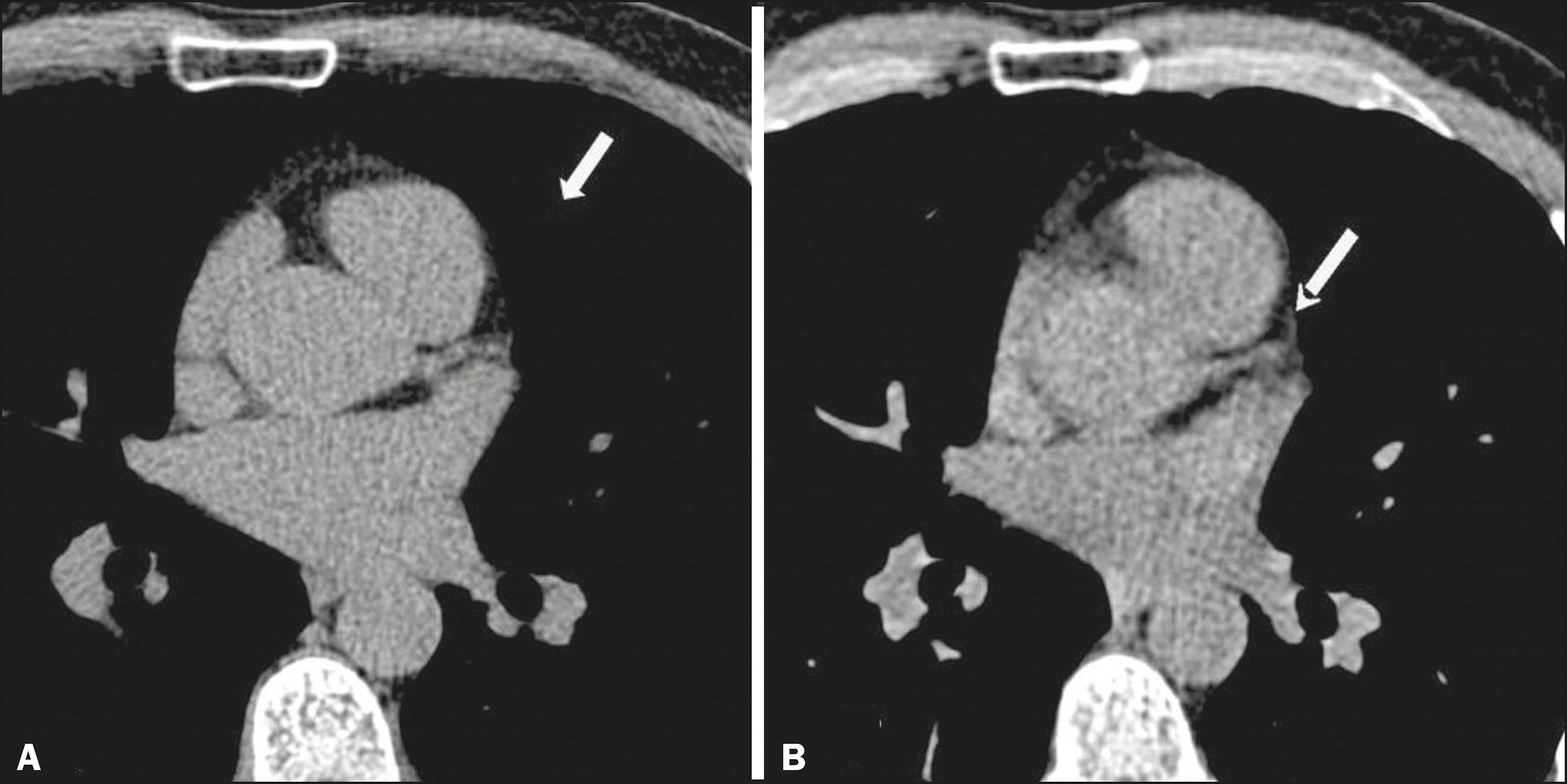
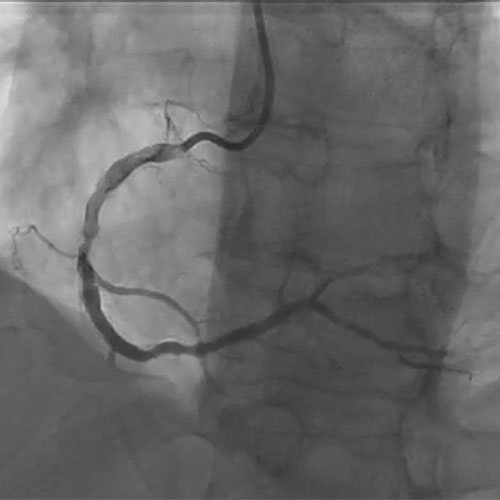

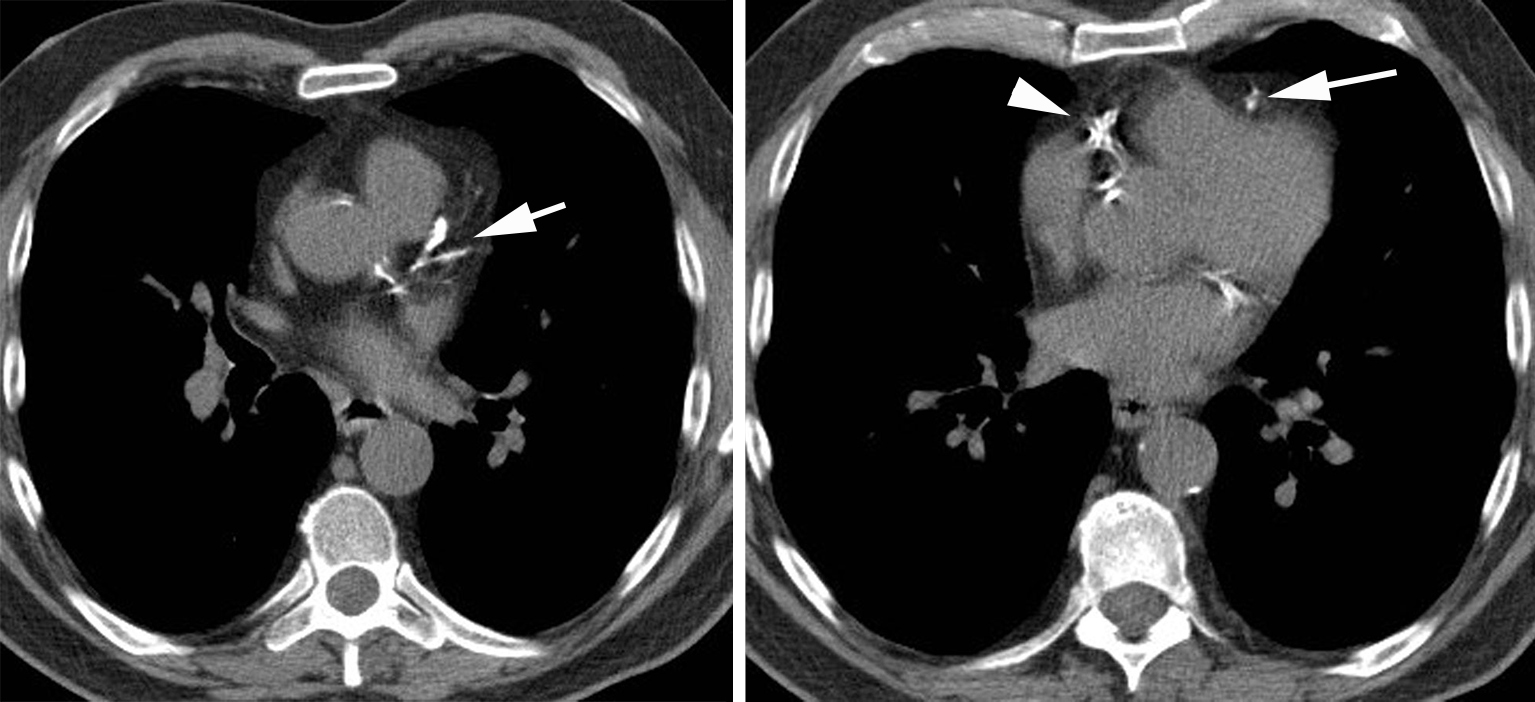

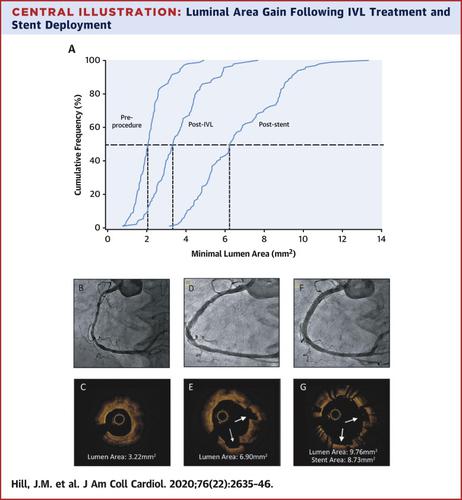

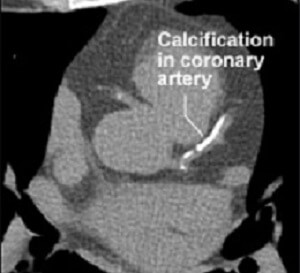

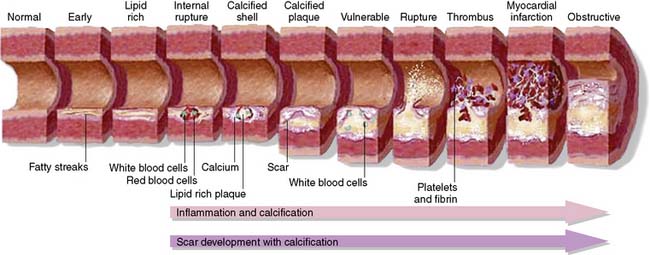
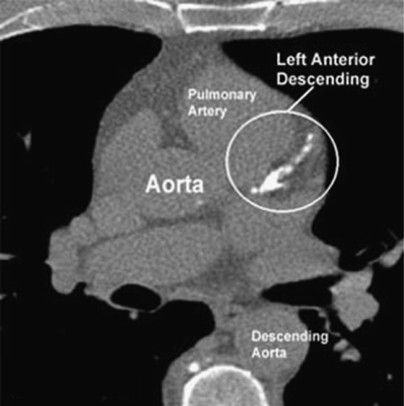
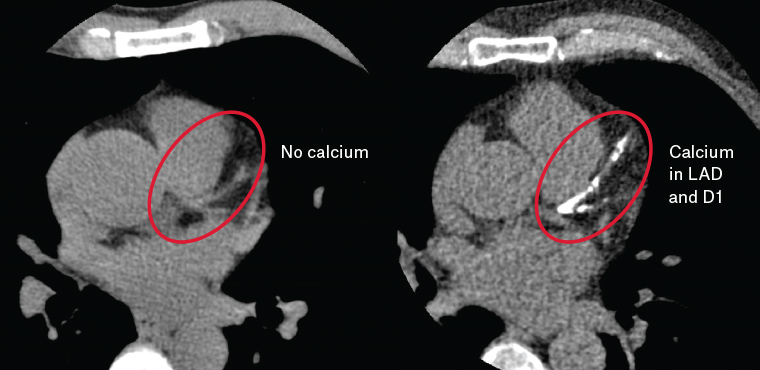





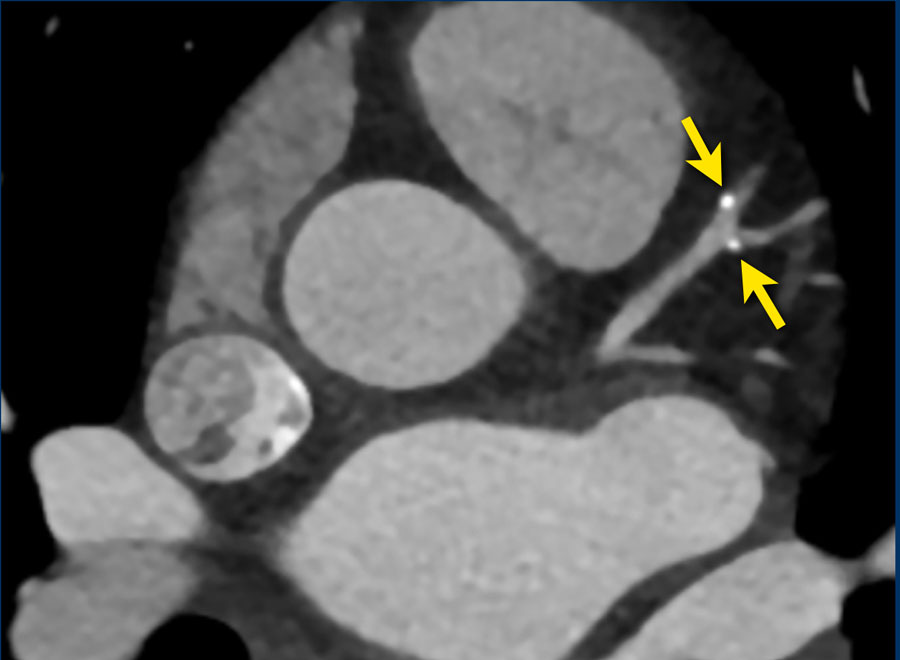

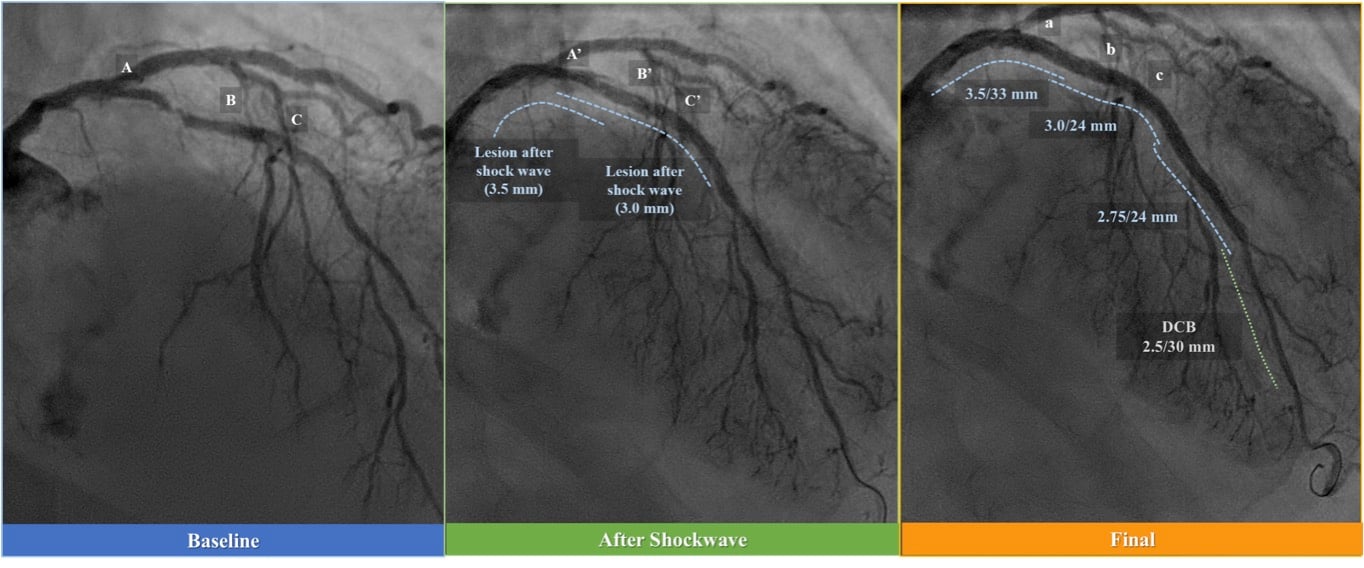
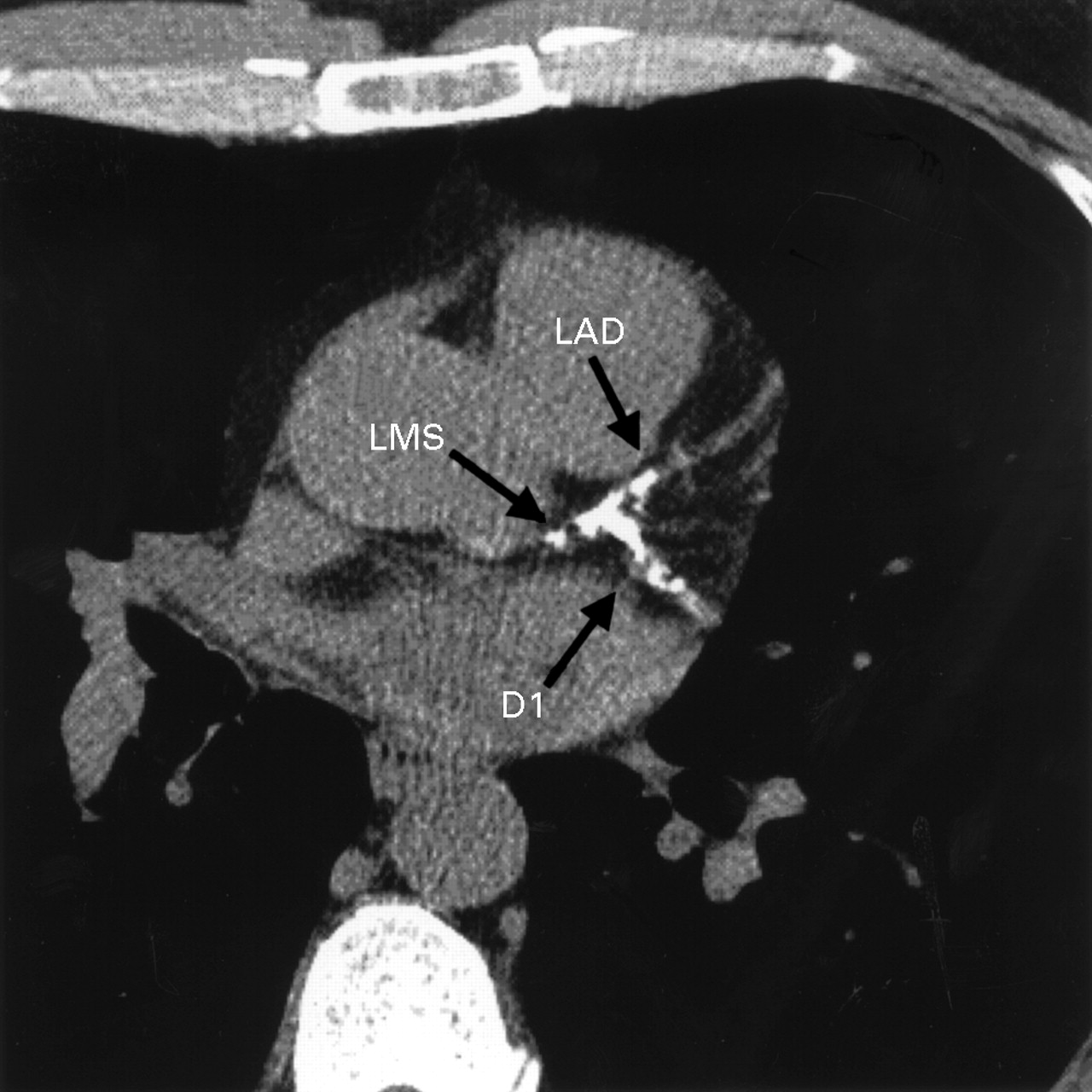

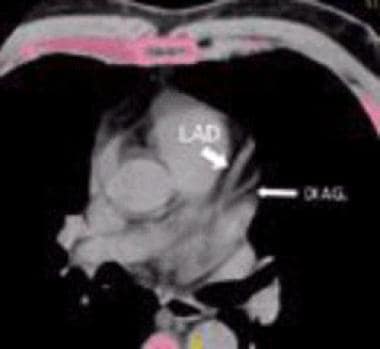



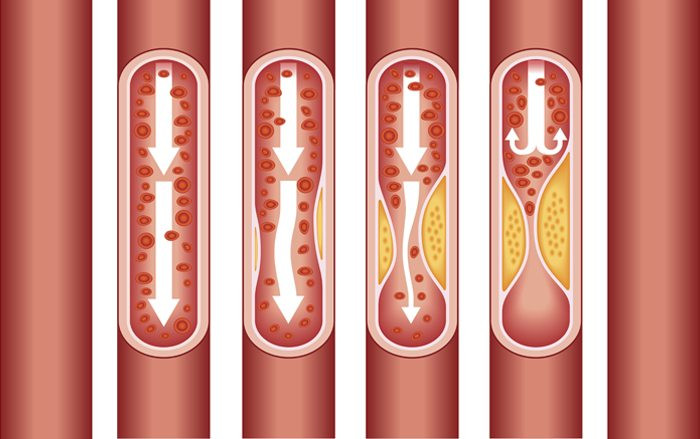
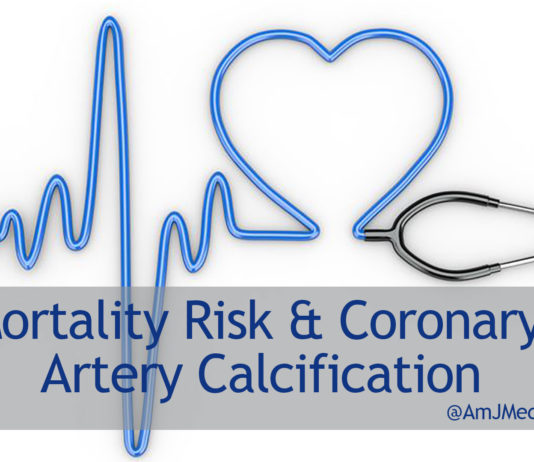



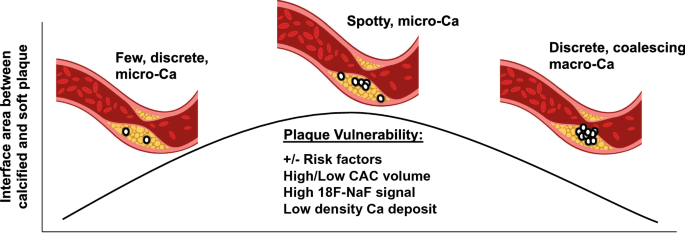


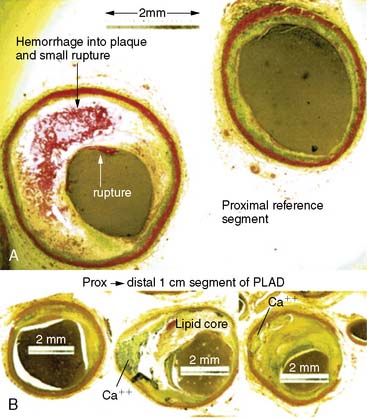



Posting Komentar untuk "Calcified Coronary Artery Disease"